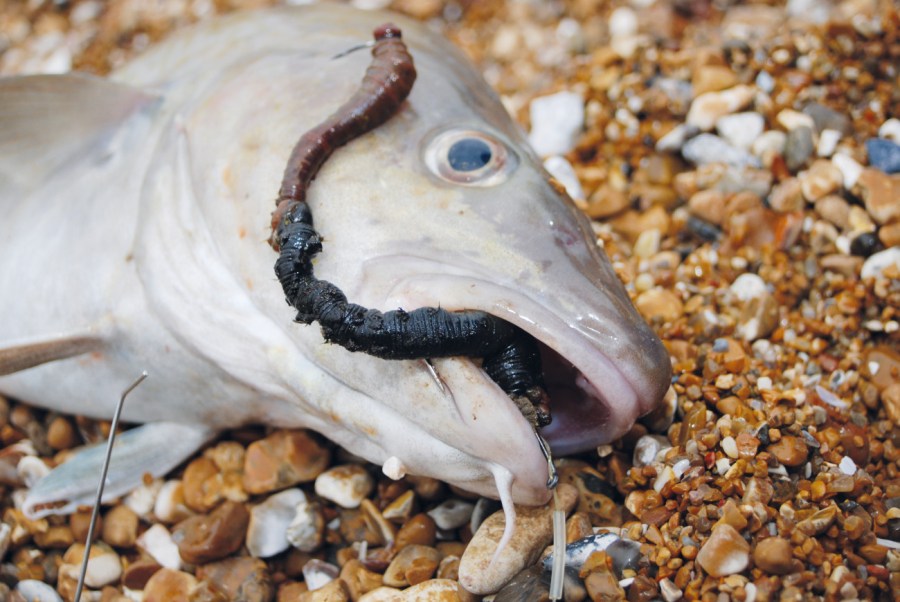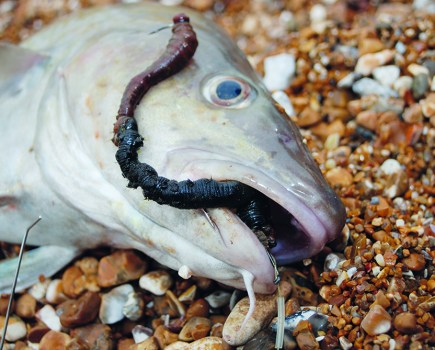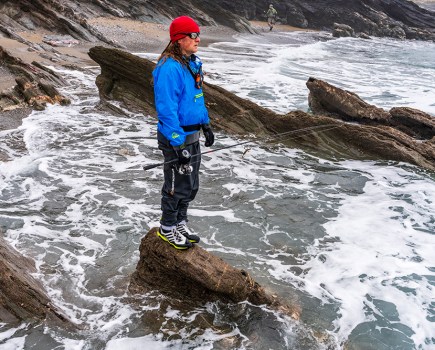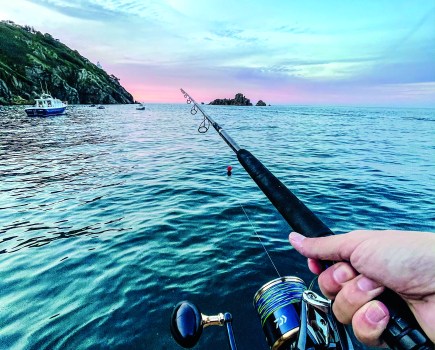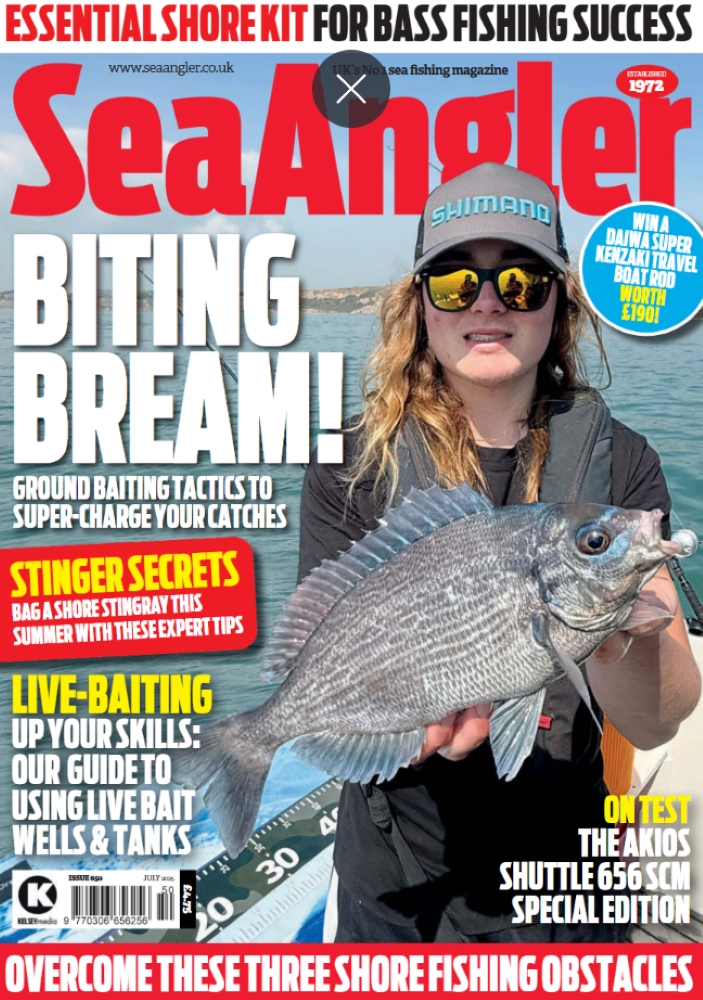Chris Kennedy counts down six of the best sea fishing baits, what they’ll catch and top tips for using them.
Ragworm
The first stop on our list of the best sea fishing baits is Rag worm. If you’re an angler who has limited time to go fishing and the most important thing to you is catching anything, or if you want to take the kids fishing and want to maximise their chances of seeing a fish, ragworm is your best bet at many venues in the UK, particularly those with a mix of sand and rock.
The worm also presents very well on smaller hooks and provides a bit of movement, as well as a stinky scent trail. It is also aerodynamic in the cast, which helps with distance casting.
Species: Plaice, sole, flounder, bass, pouting, poor cod, smoothound, cod, whiting, coalfish, pollock, black bream, common eel, conger (small), gurnard and red mullet.
Top Tip: Use worm that is as fresh as possible; it will be livelier on the hook. Remember to regularly change the wraps that you keep your worm in while storing them; one dead worm will poison the rest. Always remove dead or dying worms.
If you want to know more about ragworm then check out our Collecting, Digging and Fishing With Ragworms article
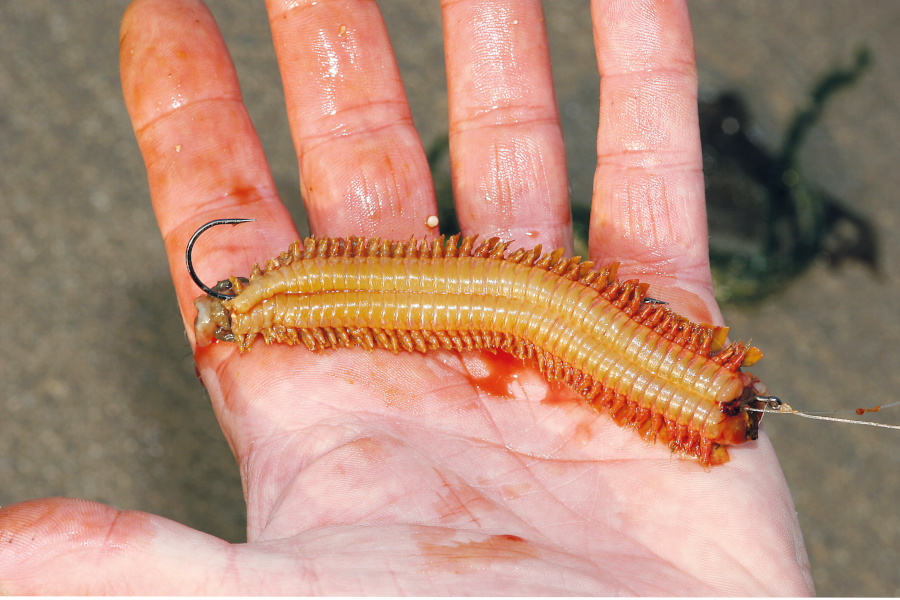
Lugworm
Like ragworm, it casts well, and what it lacks in movement it certainly makes up for in scent trail. Fresh lug are full of blood and bleed while out there on the hook. This provides an irresistible attraction to many species on sandy beaches.
Most anglers would say that bass and cod are two of the UK’s most desirable species to catch from the shore and this is a bait that is very hard for either species to leave alone. Black lugworm, as opposed to blow luworm, which are more commonly found on sandy beaches and don’t freeze as well, are often gutted and used fresh or frozen.
Black lug is a great bait to have in rolls of newspaper tucked in the freezer when you haven’t got time to dig or pump any yourself.
Species: Plaice, sole, flounder, bass, cod, black bream, pollock, coalfish, whiting, gurnard, red mullet, pouting and poor cod.
Top Tip: Lugworm will be juicier when it is freshly dug but more prone to burst; this favours short casting for bass and other species. When lugworm dehydrates in your bait fridge, it shrinks and becomes a tougher proposition and better for longer casting for cod and plaice.
It also seems to get smellier. Remember to change the wraps regularly that you keep your worm in whilst storing them; one dead worm will poison the rest. Always remove dead or dying worms.
Mackerel
There are those that fish with strips of mackerel for lots of species very effectively, or use it as a tipping bait; I am not one of them. I absolutely love to fish for bass or conger with a mackerel head and guts; they are so effective. They work equally well on sand or rough ground. Using sides or fillets of mackerel also make for an excellent bait for casting out targeting rays, huss or tope. I often use slices of mackerel to use in bait cocktails with sandeel or squid. This can provide a tremendous scent trail. You are spreading your bets with cocktails.
Species: Bass, blonde rays, undulate rays, small-eyed rays, spotted rays, thornback rays, conger eels, bull huss, tope and ling.
Top Tip: Freshly caught mackerel will outfish frozen mackerel at a staggering rate. Use fresh whenever possible, it’s much rougher on the hook and harder for prey to pull off. Results show that fresh is far more attractive to the fish. However, I don’t want to discourage you too much from using frozen, as it has accounted for plenty of my PB fish.
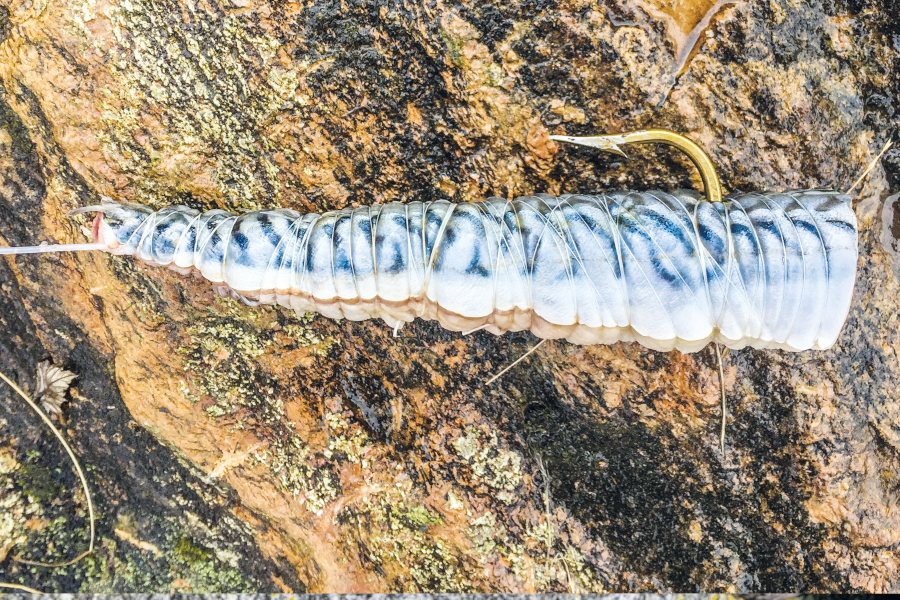
Squid
Squid pops up in third on our list of the best sea fishing baits and in my opinion, this is the one bait you should all have in your freezer. It’s so effective for many species, whether cast whole or used as a strip. It’s a big winner with cod, bass and rays. The beauty is its toughness and resilience to fish trying to tear it off your hooks. It’s my first-choice black bream bait. Freshly caught UK squid really comes into its own in autumn/winter as a bait. There are few baits, if any, that are more effective for certain species.
Species: Bass, cod, rays, hounds, huss, conger and bream.
Top Tip: The neat thing about squid, it can be re-frozen without losing much of its toughness, and plenty of fish will still take it. It also casts well with plenty of elastic used.
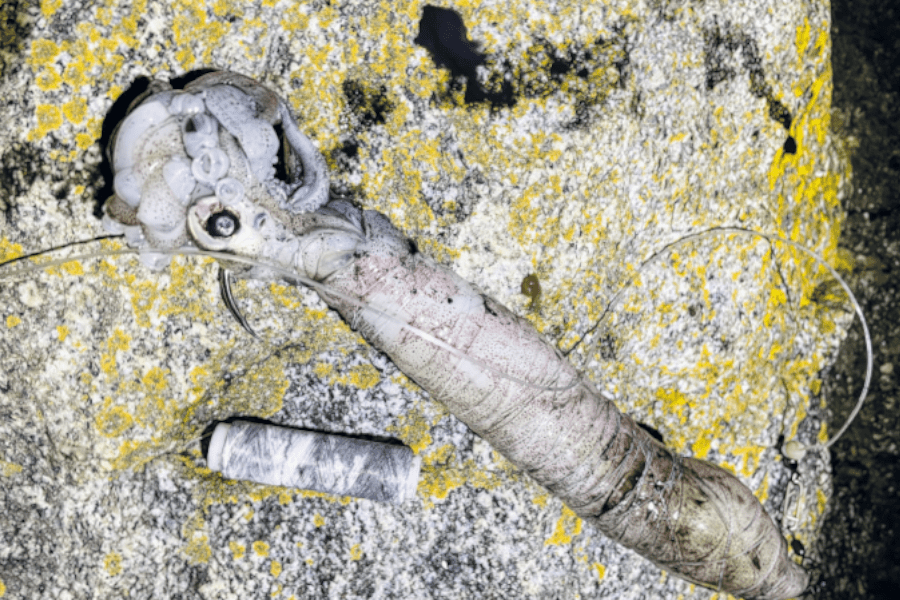
Sandeel
This is, in my opinion, the best fish bait for casting at long range and picking up rays over sandy ground throughout the spring, summer and autumn. Sandeel and launce are sniffed out by small-eyed, undulate, thornback and blonde rays. Tope are also quite partial to a well-presented sandeel or launce bait. There are various species of launce and sandeel in UK waters, launce are typically a lot larger. They tend to give off a unique scent trail that the above species will go to great lengths to find. It’s a bait you should always have in your bait bag when fishing over sand. You can also use an aerator in a bucket and use live sandeels to catch bass; they make an irresistible bait.
Species: Rays, bass, turbot, brill and huss.
Top Tip: Clip off the head and end of the tail to let scent trail out at either end. Also, sandeel are best used frozen; experienced anglers will keep them in a thermos flask to keep them in optimum frozen condition during a session. They make a rigid, aerodynamic bait for casting to maximum ranges.
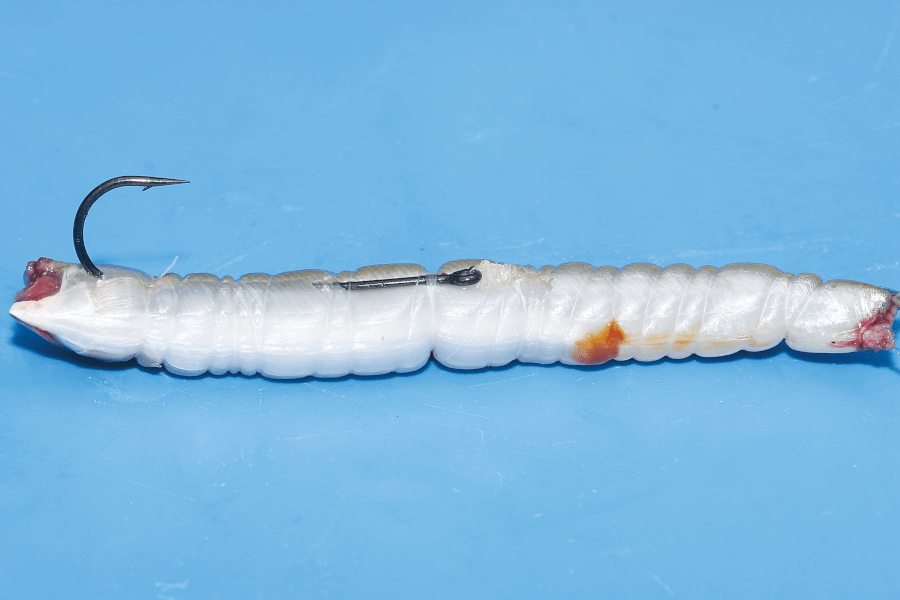
Peeler Crab
Our final stop on our list of the best sea fishing baits is peeler crab. This is a bait I barely use due to supply, but it’s incredible for smoothhounds and bass; many excellent anglers swear by it. It’s also a very pricey bait to buy live, which is by far the best time to use them as they are much less effective when frozen and thawed. Typically, because of the cost, anglers will use half a live crab; they have a unique aroma or scent when peeling. They work to good effect when used in a cocktail with worms also.
Species: Primarily bass, hounds, founder and wrasse, but they can also be deployed for cod, and rays will take it too.
Top Tip: Peeler crab are an expensive bait. Use plenty of fine elastic to hold it in place, as you don’t want a fish pulling it off easily.

